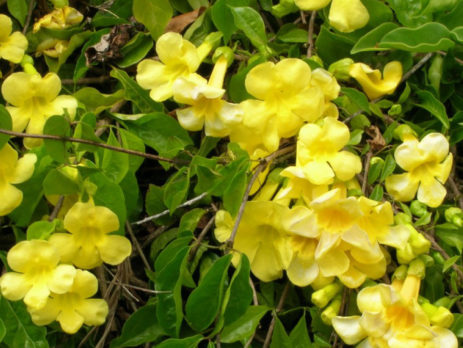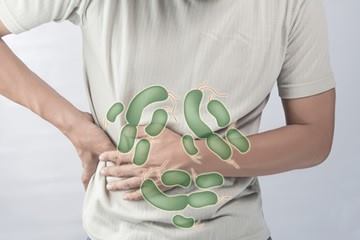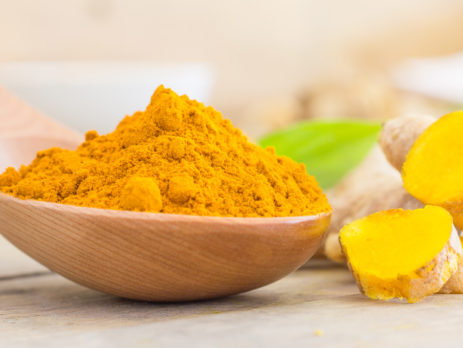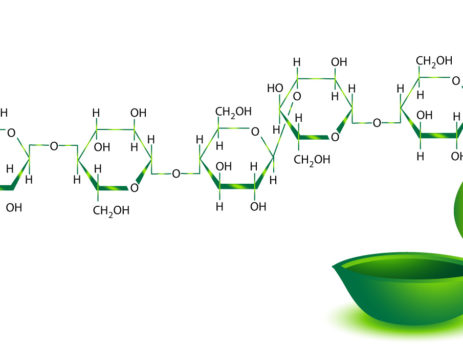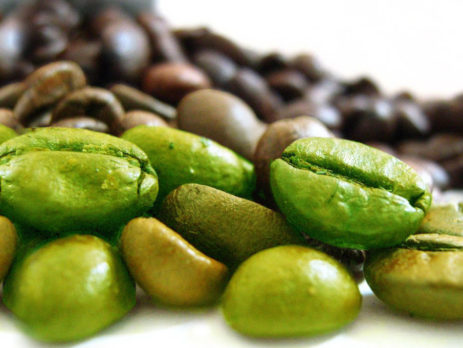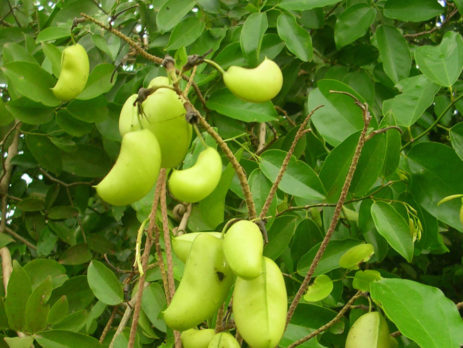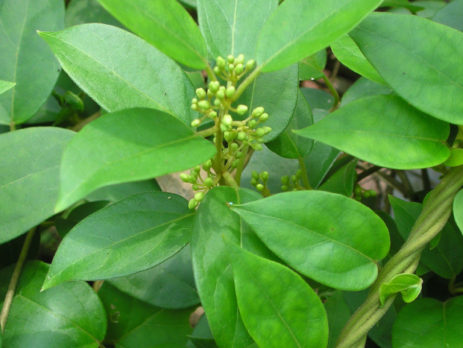Uncaria tomentosa
Uncaria tomentosa is a climbing plant native to the South American continent (Peru, Colombia and Brazil), to which are attributed numerous properties, including those immunostimulating, anti-inflammatory, antiviral, antioxidant. Indicated especially in case of cooling diseases also in association with other plants of the genus. The extract of bark is used to fight and prevent infections and graze painful joints, to heal wounds, ulcerations, disorders related to puerperio, degenerative diseases, diseases and gastrointestinal pain.The immunostimulating action of the uncaria is...

